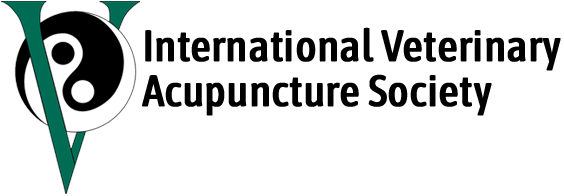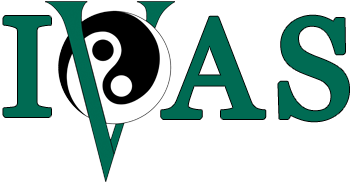Veterinary Acupuncture Courses
You MUST be a licensed veterinarian or third/fourth year vet student (documentation must be provided) to attend our course.
Acupuncture is one of a variety of therapies that may be used to treat animals. Simply stated, acupuncture (acus, needle; punctura, puncture) is the stimulation of specific points on the body that have the ability to alter various biochemical and physiologic conditions to achieve the desired effect. It is a means of helping the body heal itself. Acupuncture has been used successfully for nearly 4000 years on humans, as well as animals. As a matter of fact, it is still the treatment of choice for one quarter of the world’s population for many problems. It is now being utilized by an increasing number of veterinarians, alongside Western medicine, for various disease conditions. It is not a panacea, or cure-all, but in certain disease conditions it works well.

